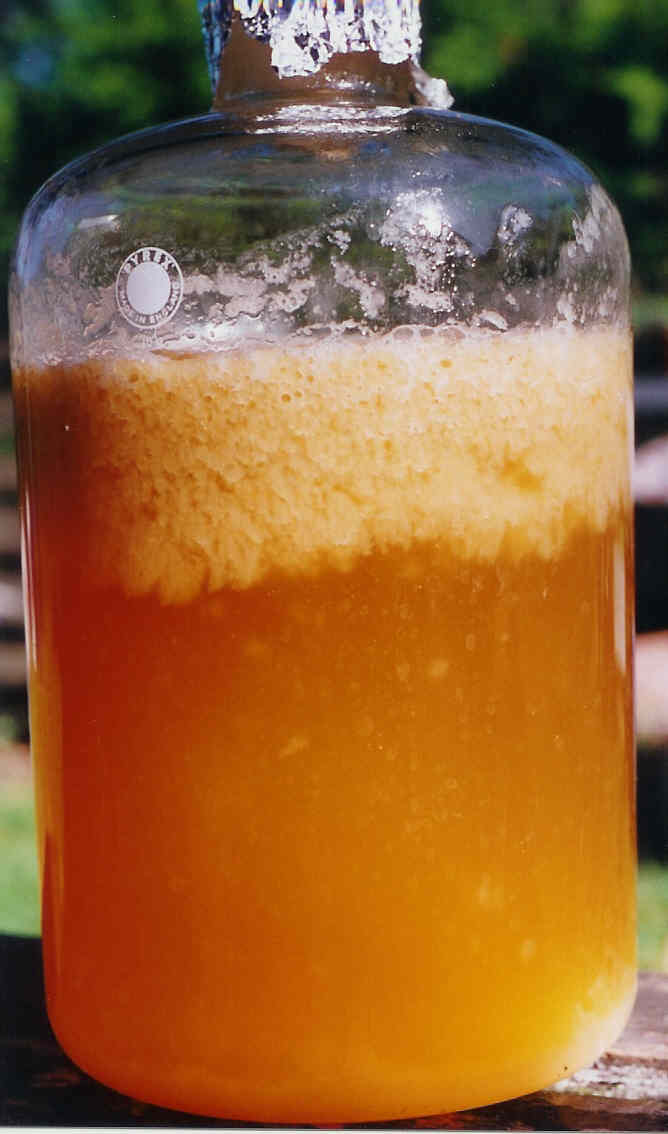manticle
Standing up for the Aussie Bottler
I have a grape crusher and have used it to crush apples but the apples were cut up a bit first. I'd guess pears would be similar, depending on ripeness.
Traditional cidermaking 'scrats' the apples before crushing.
Traditional cidermaking 'scrats' the apples before crushing.





